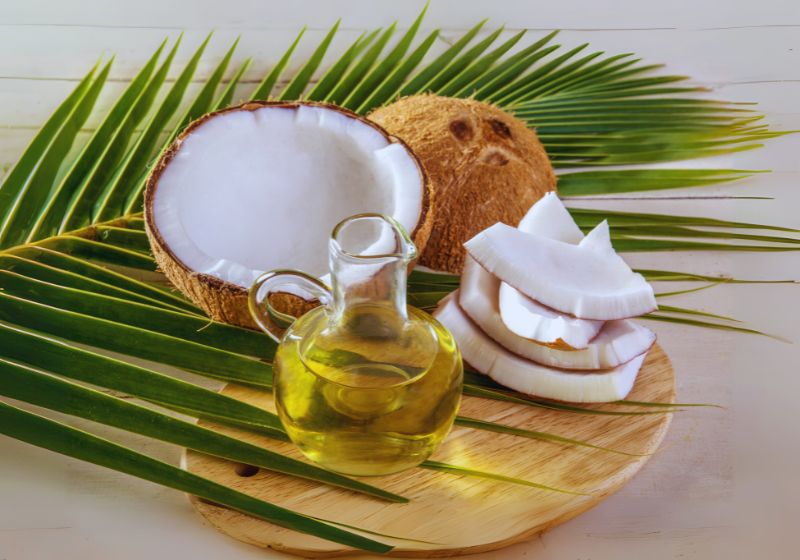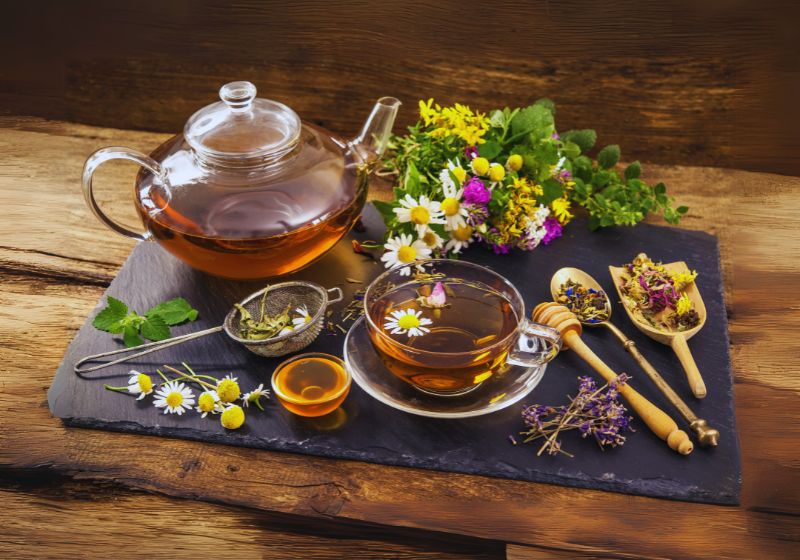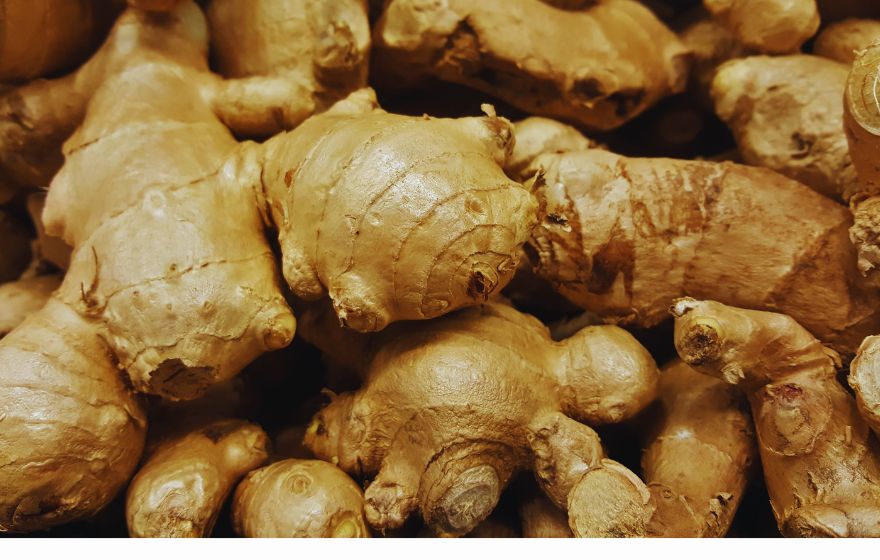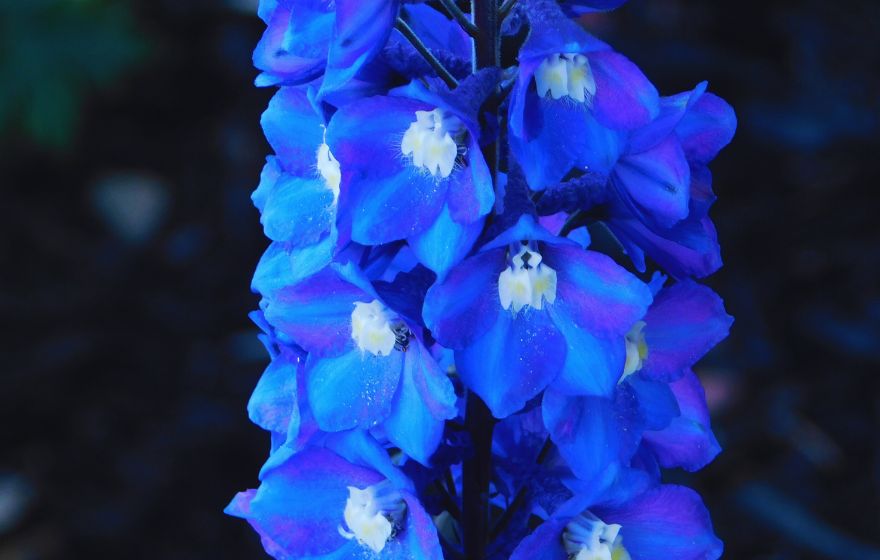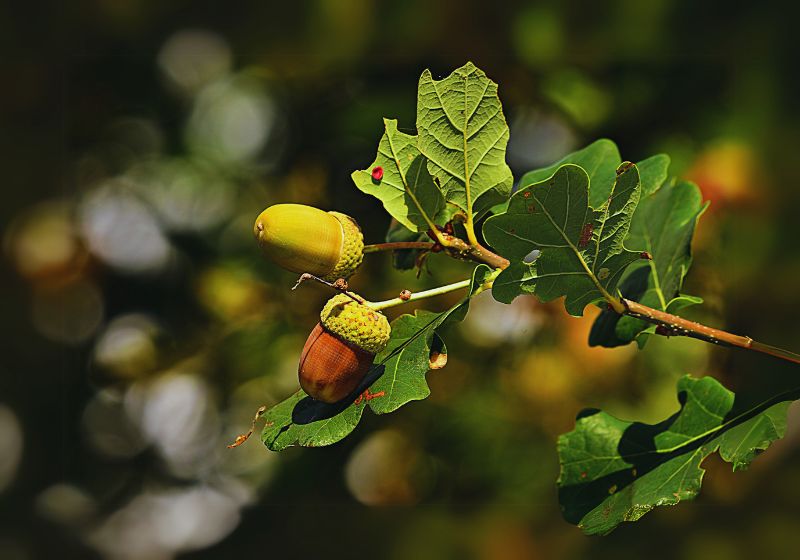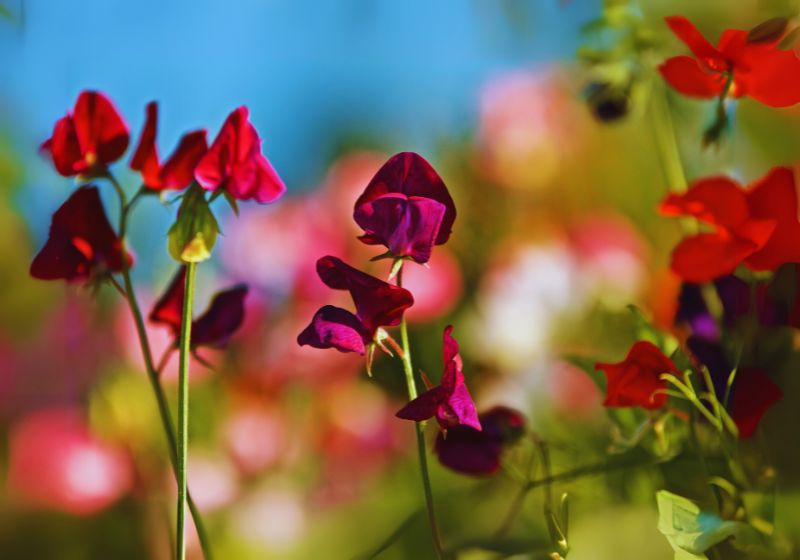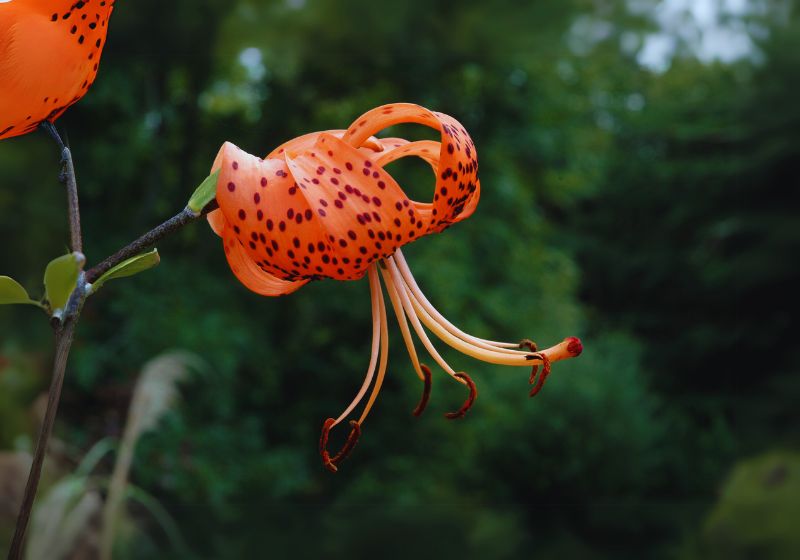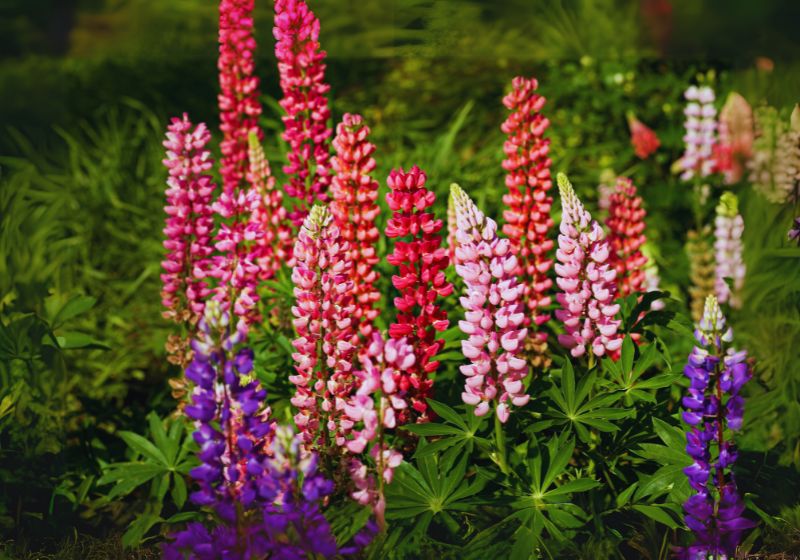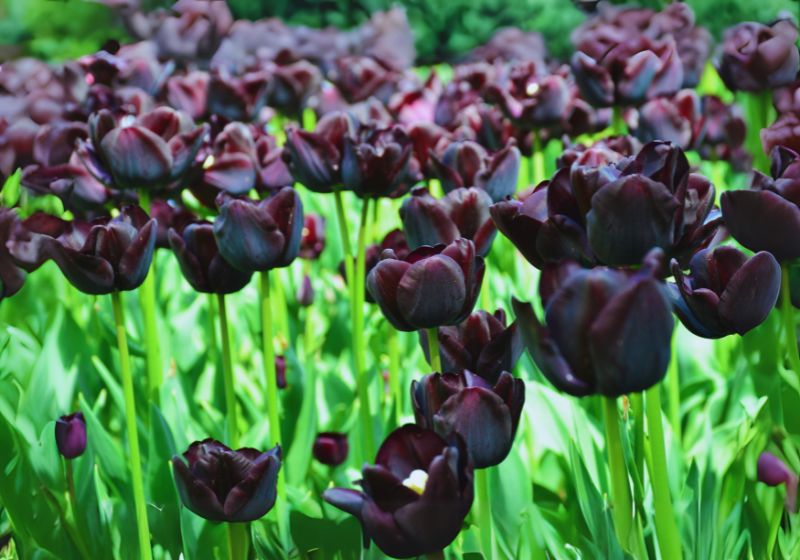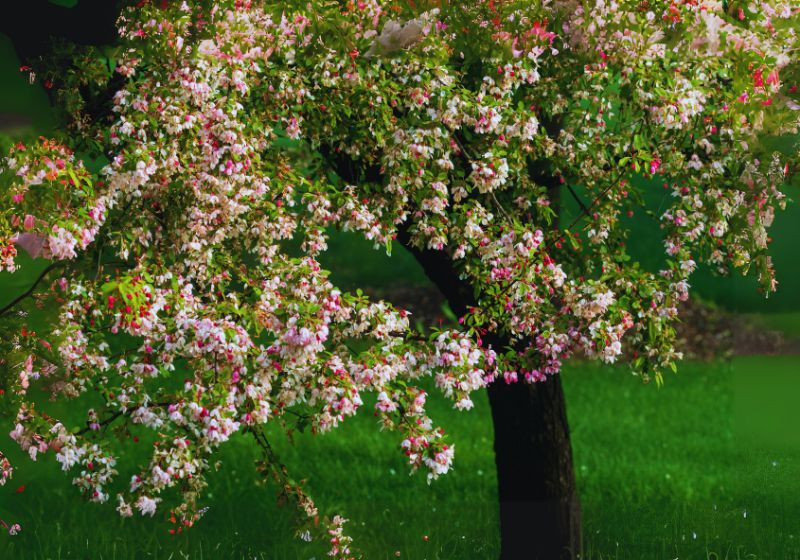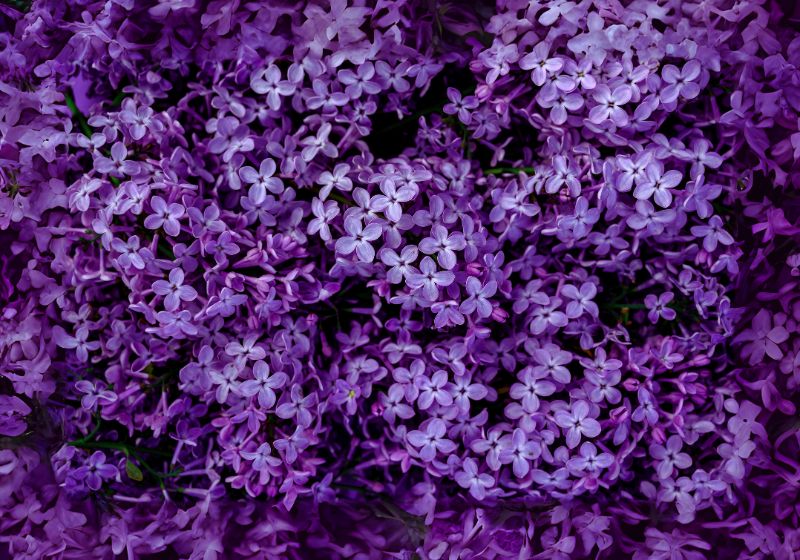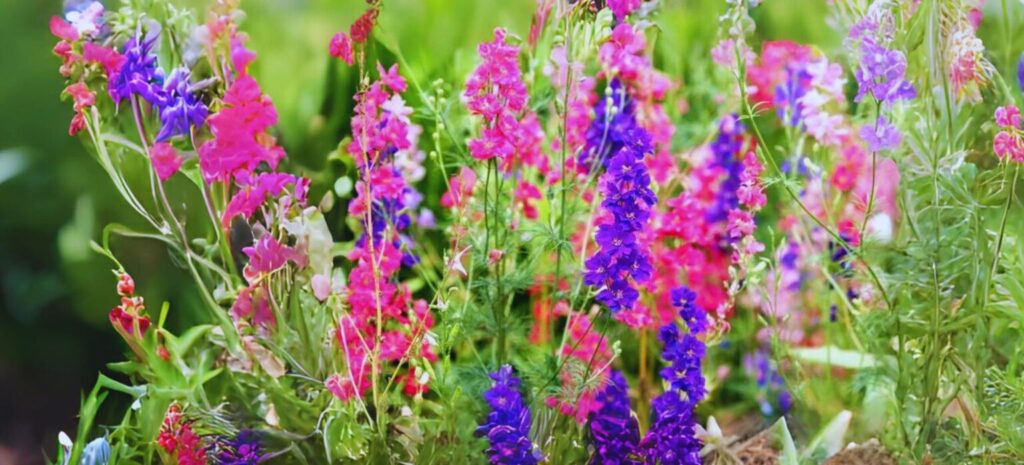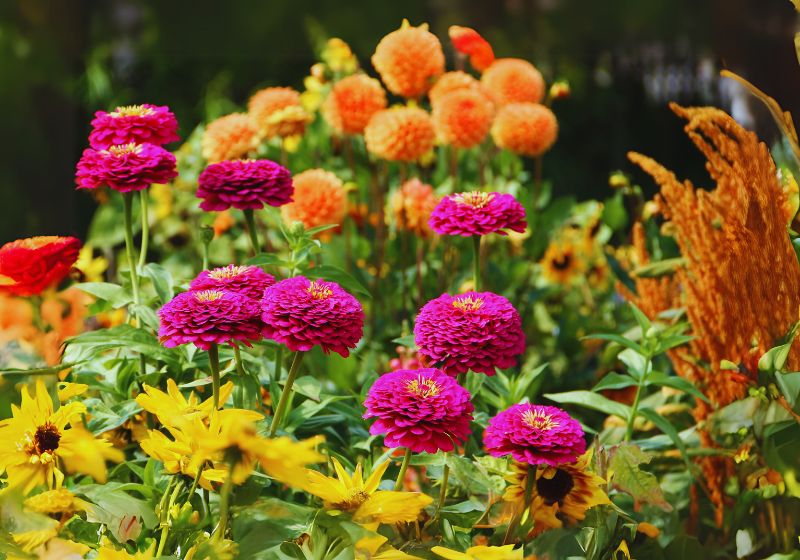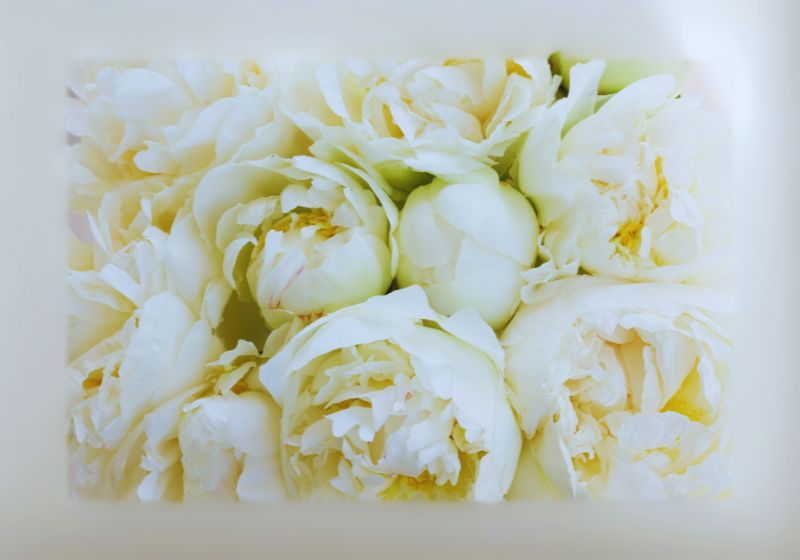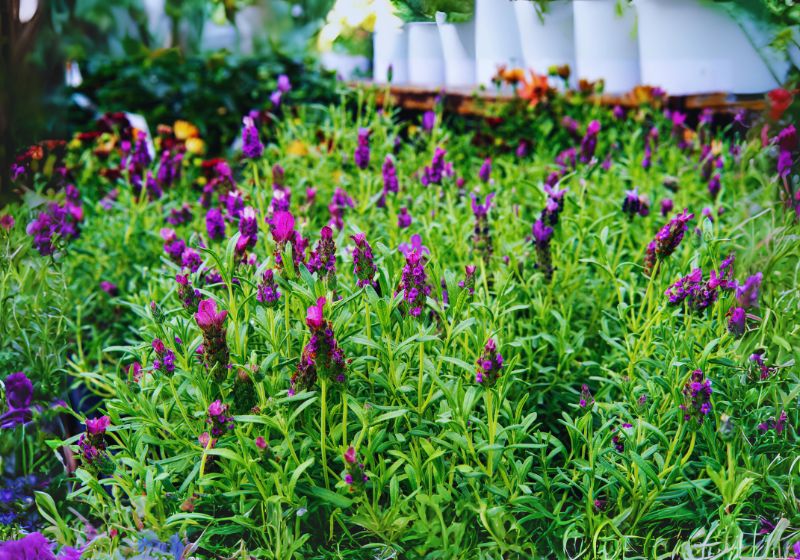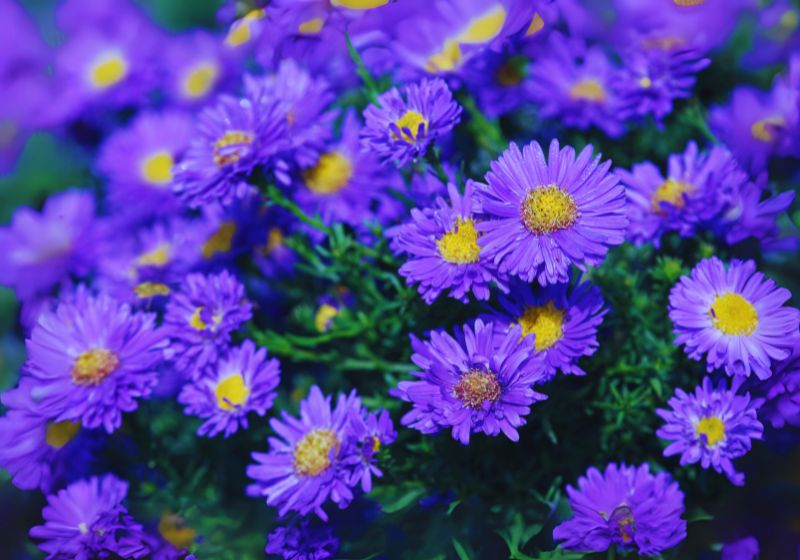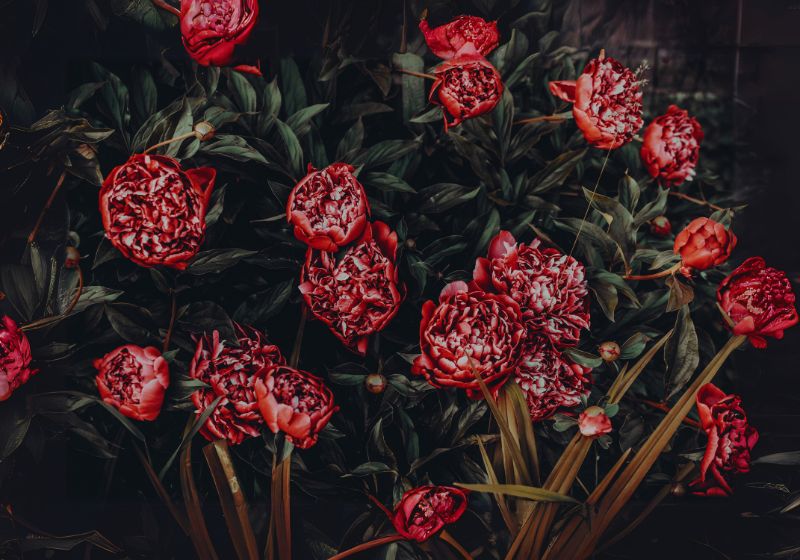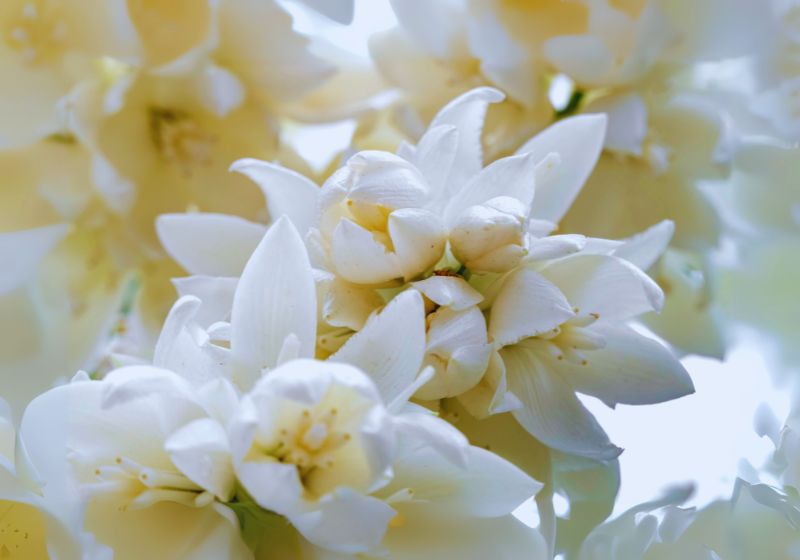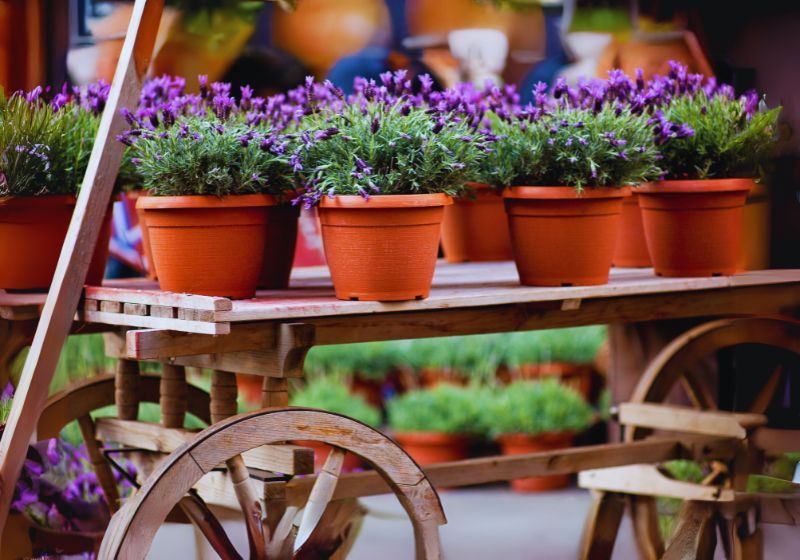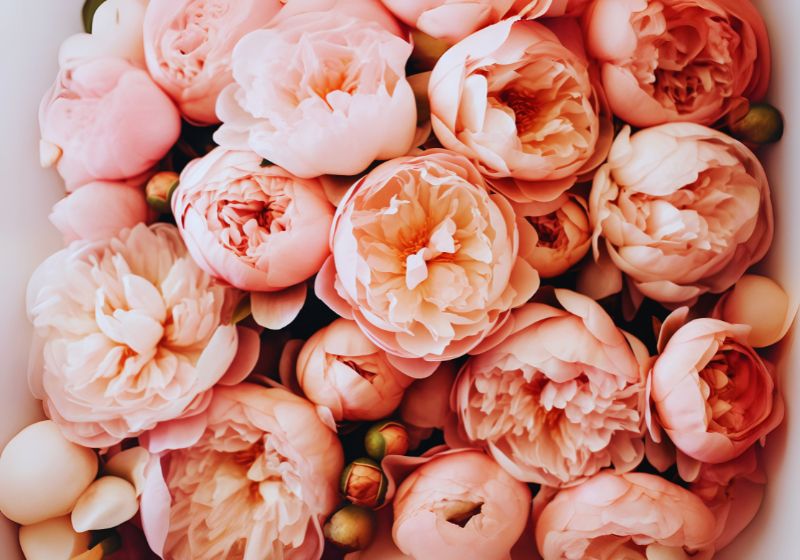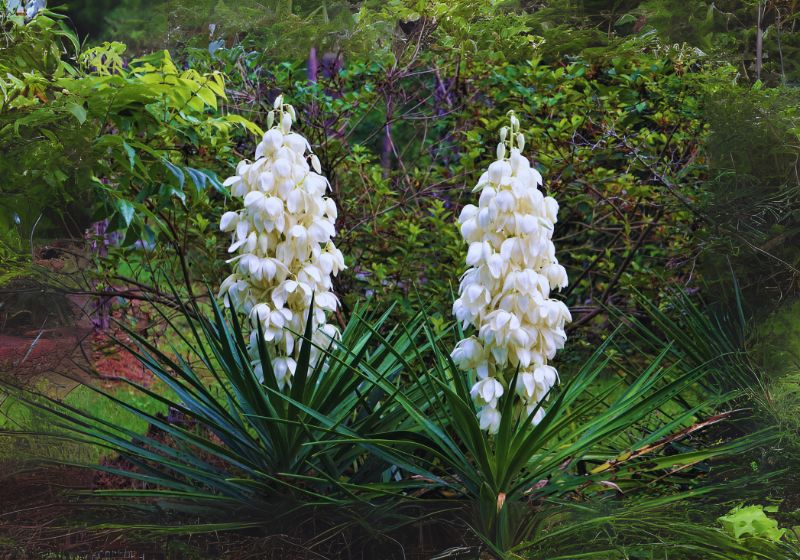How to Successfully Grow Peonies: A Comprehensive Guide
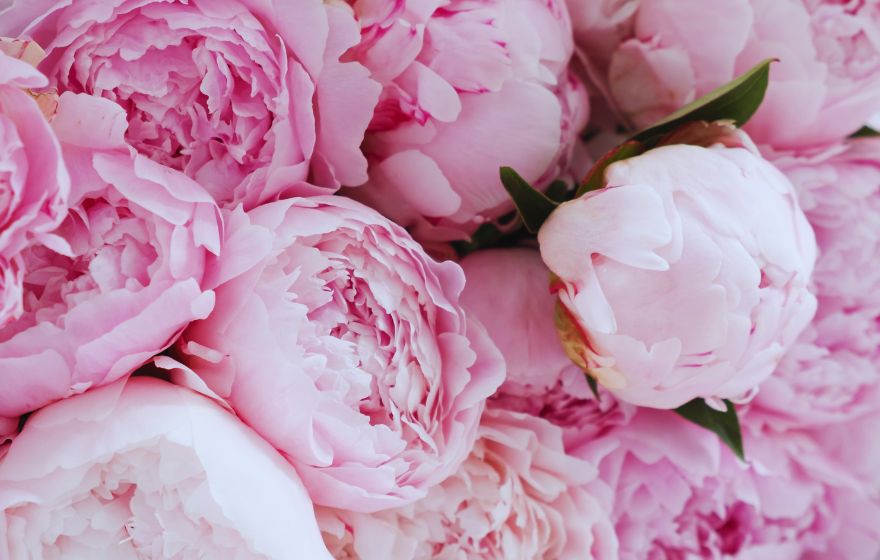
Peonies are among the most cherished flowering perennials people admire for their gorgeous foliage and the delightful sweet smell, as well as their longevity, growing for tens of years without requiring much attention.
This article will contain all the relevant information that will be useful both for experienced farmers and for beginners, who decided to grow peonies at home.
Introduction
These plants are so popular in the gardens, and there is no question why: peonies function well in any garden and look great doing it. Comes in different colors, form or shape and size and it has always been a fascination of the gardener all over the ages.
Aside from being stunning in landscapes they make great cut flowers. With the information on types, planting methods and care you will be happy to have healthy and stunning peonies in your garden for several years.
Types of Peonies
There are three broad classes of peonies and all of them vary in some way. Knowing these types will help you select the right variety for your garden:
Herbaceous Peonies
These are the most popular peonies, usually growing from the same point and losing their tops at the end of the first frosts. Gardeners should consider them for planting in beds and borders.
Tree Peonies
Tree peonies are shrubs as opposed to herbaceous perennials unlike the common peonies that die back in winter and regrow in spring. It is said that they produce more blooms and these plants can be up to 7 feet tall, which makes them a spectacular ornament to the garden.
Intersectional (Itoh) Peonies
These hybrids have characteristics of herbaceous peonies along with characteristics of tree peonies. They have a large vigorous stem, large flowers and a long flowering period hence they are favored by most gardeners.
How to Plant Peonies
Follow these steps for optimal results:
When to Plant Peonies
It is advisable to plant peonies in the autumn, and this is between September and up to early November. It helps the roots to set down before frost settles in the region during the winter season. All of them can be planted in spring but the best practice is to plant them in the fall.
Where to Plant Peonies
It is not surprising because peonies grow best in areas that receive direct sunlight of 6-8 hours per day. They should not be planted close to a large tree or a shrub, because the tree or shrub will rob the epoxy shrub of nutrients and moisture. Choose a location which has proper air circulation to help the crops avoid fungal diseases.
How to Plant Peonies
Prepare the Soil:
Prepare a small pit approximately two sizes of your body length in breadth and approximately the same in depth. Add organic compost to the soil and this will enhance good drainage and fertility of the soil.
Plant the Root:
The next step is to put the peony root with the eyes (buds) upwards carefully. Although the eyes should be slightly above the ground, the tubers should not be more than 2 inches below the surface when planting herbaceous and Itoh peonies. Tree peonies should be planted slightly deeper than bed peonies, with only the top of the root exposed.
Backfill and Water:
Place the root on the surface of the soil and cover it over lightly. Irrigate to help the soil settle Water well to allow the soil to drop down.
Directions in Caring for Peonies
Soil
The best conditions for them are the well-draining loamy soil with pH of 6,0-7,0 – slight acidity to neutral. When grown in clay soils, the plants tend to develop root rot because of poor drainage of water; this should therefore be improved by adding sand or compost.
Water
They need irrigation in the first year to help form a good root system for the plant. Bury the rhizome with the top of the bulb exposed and water once per week–between 1-2 inches, then less often as the plants grow. Do not give a lot of water in order not to drown the plant through root rot.
Temperature and Humidity
They prefer temperate climates in which cold winters are important for the plant to rest. They enjoy humidity but their environment should be well aired to eliminate incidence of fungal diseases.
Fertilizer
The peonies should be fed as they begin to grow in early spring using a balanced fertilizer, preferably 10-10-10. Exclude excesses in fertilization for the reason that this results in the formation of luxuriance foliage but little flowers. Compost or aged manure used as top dressing in the fall will also help to improve the quality of the soil.
Recent Problems and Their Solutions
Nonetheless, several problems may affect the plants, even though peonies are generally considered tough flowers. Here are common problems and solutions:
Powdery Mildew
Favored by high humidity and warm temperatures, this fungal disease manifests itself by a white powder on yerba mate leaves. To prevent it:
- Ensure good air circulation.
- Irrigate the plant at the root base and not by watering from above.
- However, if further treatment is required, use a fungicide.
Botrytis Blight
This disease has bad effects such as browning and rotting of buds. The infected parts of the plant should be cut off and gotten rid of immediately. Although seedling pests affect plants, avoid overcrowding plants and ensure good air circulations.
Weak Stems
Prone to peticoaling, heavy blooms result in stem bending. Support the plants with peony rings or stakes, more especially if they belong to the herbaceous types.
Companion Plants for Peonies
They have lush flowers and an enticing fragrance and these flowers live long. But they really bloom and grow best when grown side by side with the appropriate plants that enhance your garden’s appeal.
It has been established that choosing plants to plant alongside your flora not only adds beauty to your garden, but also offers many benefits when it comes to pollination, as well as pest control. Below, we discuss some of the best plants to grow alongside peonies, and some to avoid.
Salvia
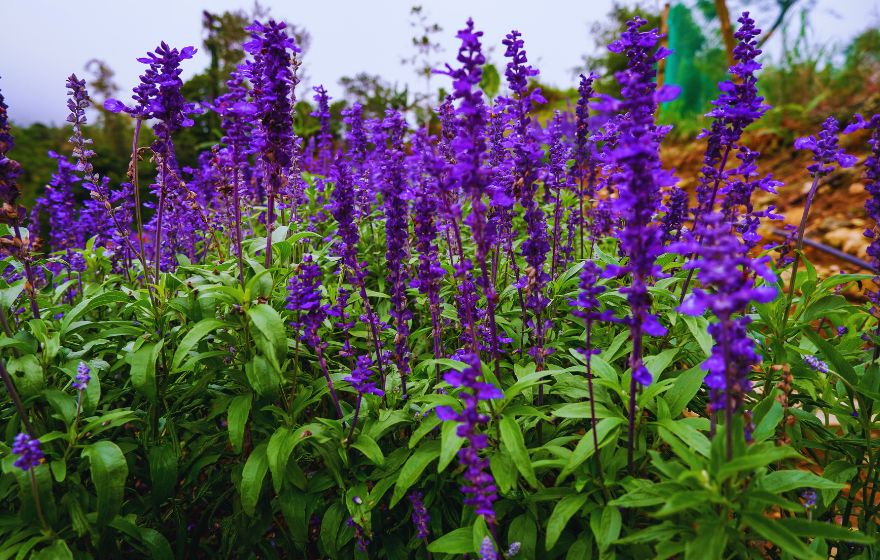
The companion plant for it is Salvia, since the tall slender flower stems of Salvia stand well against the spherical, feathery petals of peonies. Coming in vims of purples, blues, and whites salvia blooms simultaneously with the peonies and makes a great partnership.
Furthermore, salvia has capabilities of attracting bees and butterflies and therefore making the health of your garden improve. It is also a xerophytic plant which reduces competition for water with peonies during dry weather.
Lupines
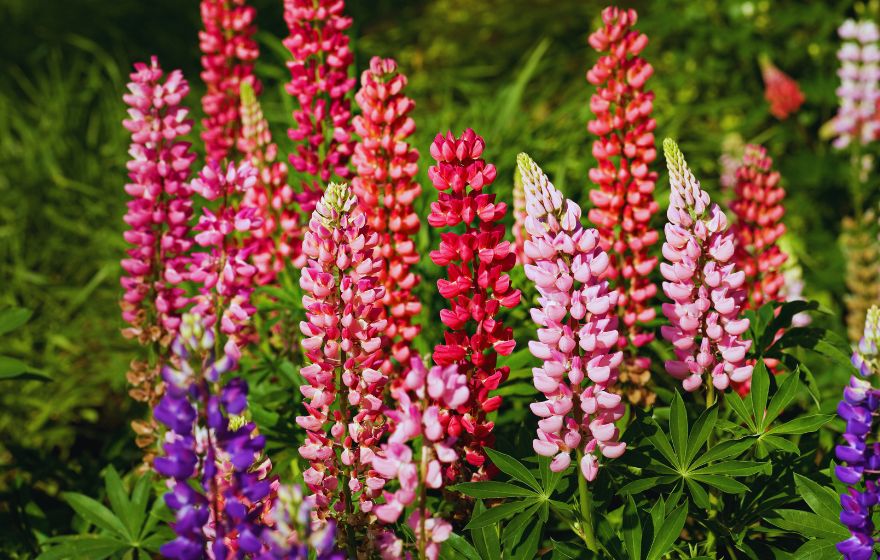
It is also reasonable to extend them when used with peonies. Unmistakably different from smooth peony-like flowers, their spiky and towering appearance not only gives sharp contrast to the velvety peony blooms but also contributes to the height factor in your garden.
Lupines can be of many colors starting from pale and tender up to the most gaudy ones that give the opportunity to choose any tone. Don’t let the idea of nitrogen-fixing plants fool you – these plants are beneficial additions to the garden and help improve soil quality as well.
Catmint
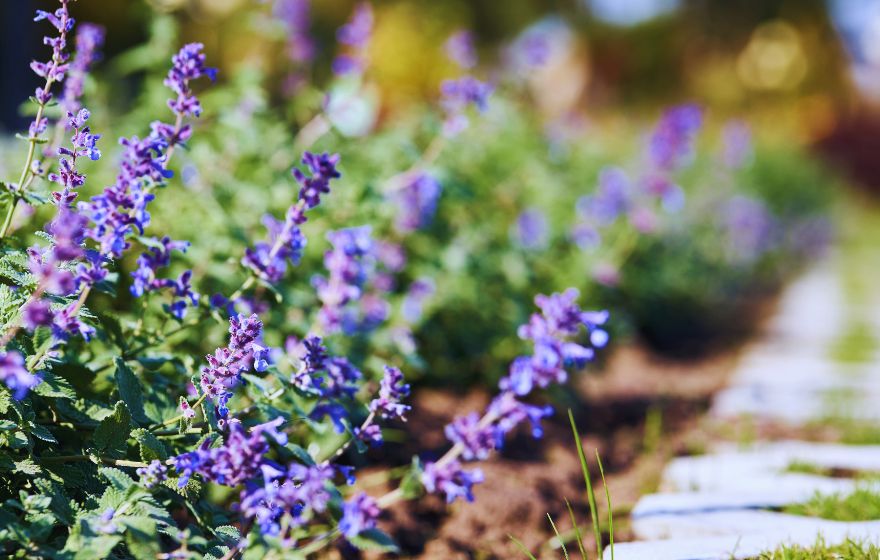
Catmint is a low growing perennial plant that can be used as a ground covering plant around the base of peonies. With minute, soft lavender-blue flowers and silvery leaves contrasting a little with the bright colors of peonies.
Apart from the purpose of planting for beauty, catmint is understood to deter pests such as aphids and Japanese beetles, foes of peonies. Drought tolerance and the capacity to adapt to different kinds of soil make it an unproblematic yet efficient friend.
Irises
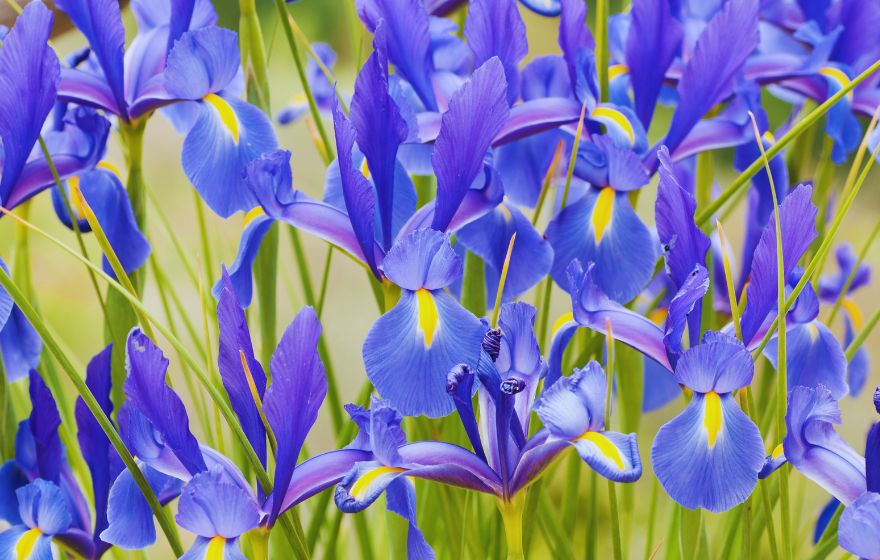
Irises and peonies have their blossoming period in the same season and hence the plant can be combined for a neat and good looking garden. While iris’ sword-like leaves are tall and erect, this plant has been partnered with peonies that have round leaves and flowers.
The irises come in different colours and you can plant them right next to your peonies, or you can create an eye pleasing contrast between the two. This makes it fairly effortless to perform them under the same sunlight and substrate conditions.
Plants to Avoid
When choosing the plants to be planted right next to peonies – it is necessary to choose those that will not overpower peonies or will compete with them in terms of requirements. Herbaceous such as mint are known to compete with peonies and may overgrown them hence hindering their development.
Likewise, large plants or trees with strong roots can sometimes steal nutrients and water from the soil, a factor that should be prevented in order to enable healthy growth of your peonies, which among the top water Lily flowers. This way, you will concentrate on those plants that grow well under similar conditions, but which do not compete for space or light with your peonies.
Conclusion
These flowers may be very sensitive to the conditions in which they are grown but are well worth the effort for the gardener who wants to enjoy beautiful blooms. So, by choosing the correct type of peony, planting it in the appropriate area and fulfilling its needs for many years, you will be surrounded by beautiful flowers every year.
Be sure to act on typical issues early, and do think about selecting friends for certain plants to create a pleasant environment in the yard. Take good care and be patient and your peonies will become the gem of your landscape yielding joy for generations.


 English
English 

